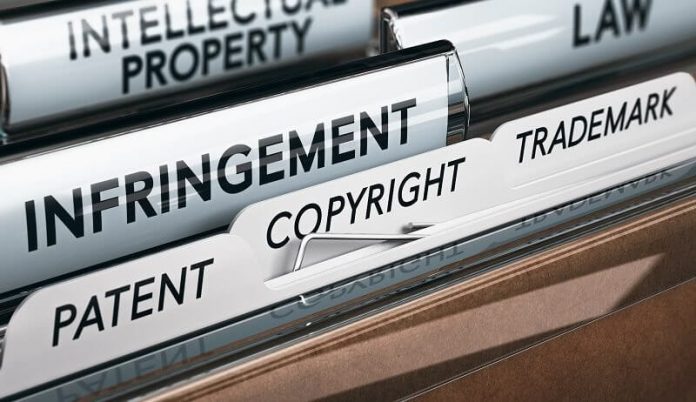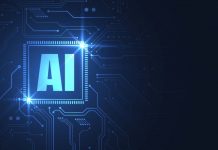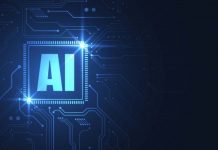This article is written by Aditya Bhatnagar from the School of Law, Raffles University. The article has been edited by Khushi Sharma (Trainee Associate, Blog iPleaders).
Table of Contents
Introduction
Since the early 70s, computers have been creating crucial pieces of literature, music and art. But today, we are in the midst of technological evolution. Machines are not merely a tool anymore but are the whole creative course behind creating art. Today, via Artificial Intelligence (A.I.), machines can learn, evolve, and make their decisions self-sufficiently. Machines can generate work independently based on the data and parameters provided by the programmers. This raises the obvious policy question; how does copyright law will deal with the works with minimum or no human involvement?
Research objective
- To address the gap between the technological advancement and the slow movement and gradual evolution of a policy response
- To identify the capability and capacity of Artificial Intelligence in generating creative and artistic original works
- To analyse how copyright law may deal with the works generated by machines with minimum or no human intervention
- To identify who will be the author in computer-generated works, the AI creator or the AI user
Research methodology
The author has taken the doctrinal or the black-letter law approach in pursuance of the completion of the following article. The author has relied upon the primary sources of law like statutes, precedents, or the common law and the secondary sources like law reviews journals articles and books, and volumes. The author has used these sources to form a viable solution to the existing dilemma of the non-human authorship
The creative process of a computer program
Recently, in the U.K., the first-ever entirely the machine invented molecule went into a human clinical trial, making it quite clear that machine creation and machine invention are with us.
Conventionally, the copyrightability of works produced by a computer was never debated because machines were merely tools to create art, just like some paintbrush and a canvas. This belief is also apparent through some existing legal structures like that of the U.S., which states that “Copyright law only protects ‘the fruits of intellectual labour that are founded in the Creative Process’ and original works of authorship that are founded on the creative powers of the mind and not the works produced by a machine or mere mechanical process that operates randomly or automatically without any creative input or intervention from a human author.”
But today, with the advancement in machine learning, which is a subset of A.I., computers can learn, evolve, make future decisions and create art without being particularly programmed for the same. They have an algorithm that allows them to grow from the data provided by the programmers into creating a new work of art, literature or music independently without or minimal human interference. Programmers provide initial data and set parameters, but it is the A.I. that produces the art with its own creative process. This is called a neural network, a process similar to the thought process of humans.
The authorship race
‘The Day a Computer Writes a Novel’, a short novel written by a Japanese computer program in 2016, took part in the National Literary Competition in Japan. It didn’t win the competition, but it showed the world that A.I. takeover of human jobs is imminent. And we are still ambiguous on how to legally protect these works created by A.I. This shows the unpreparedness of the current legal structures while dealing with the A.I. created works. Millions are already using A.I. to make photographs, literary works, musical works, art, and games. As humans do not produce these works of art directly, the work can be used by anyone freely as there is no concept of non-human authorship in maximum legislations. Only works that humans create can be protected under copyright law in many national legal systems like Spain and Germany. In the landmark case of Naruto v. Slater (The Monkey Selfie case), words like “necessarily human” or “natural persons” were quoted by the U.S. Court of Appeals for the Ninth Circuit in their discussion of authorship. This was very demoralising for the organisations selling A.I. works—spending millions and investing hours in a program, only to find out that the work is not protected and can be used freely by anyone in the world.
The way ahead
There are two foreseeable ways in which this ambiguity may be dealt with under copyright law. It can either completely deny protection for non-human authors, which can be seen in the Naruto case and in different judgments of the Court of Justice of the European Union (CJEU) like in the Infopaq case where the Corum held that work should be original and must reflect author’s personality to qualify for copyright protection. This indicates that a human element is required for a work to be protected under copyright law.
Or
It can grant copyright protection to the programmers who provided the initial data input to the A.I. algorithms or undertook the arrangements necessary for the A.I. to create that work as even A.I. cannot create a piece of art without the programmer’s initial and original data input arranged for that A.I. to create that work. Many countries like Hong Kong, India and the United Kingdom provide authorship to the programmers. Like in the U.K., Section 9(3) of the Copyright, Designs and Patents Act states:
“In the case of a literary, dramatic, musical or artistic work which is computer-generated, the author shall be taken to be the person by whom the arrangements necessary for the creation of the work are undertaken.”
Enigma of the mystical
This still leaves one big question open to interpretation. Who in particular will be the author? The creator or the user of the program. The analogy of Microsoft Word can help us understand this dilemma. Microsoft developed a computer program, ‘Word’, but it does not own the copyright over every work produced through it. Not even this piece of work. In this case, the user of the computer program will be the author. But when it comes to A.I., all the creativity is of the creator. The user’s work may simply be to press a button, and the machine may automatically generate work. This is an enigma that still needs to be demystified. But there are precedents like Nova Productions v. Mazooma Games, where the court decided on the authorship of a computer game. The Court of Appeal held that the player had provided no creation or skill of any artistic kind. Thus, this debate seems to be ending favouring the creator of a program. However, this enigma may still be resolved on a case-to-case basis, which appears to be one viable solution to the problem—trusting the judicial minds of the world.
Conclusion
Suppose we don’t address this ambiguity of copyrightability of non-human authors. In that case, it may not only demoralise the investment in the A.I. industry but may also bring havoc to the concept of originality in the future. Henceforth, the most sensible approach to address this ambiguity would be to grant copyright protection to the programmer(s) who provide initial data input or arrangements to the A.I. algorithm. Other legislations can look up to U.K.’s model that appears to be the most efficient. This will end the debate, incentivise the programmers to invest more in the world of A.I. and make the economy more creative. The second debate between the creator and the user also seems to be ending favouring the creator because users may only follow the instructions while all the originality and creativity may be of the creator of the A.I.
Thus, with the technological advancements, copyright laws will also have to move away from the original standards of rewarding mere skill, labour and efforts and make an exception for the sophistication of artificial intelligence.
Students of Lawsikho courses regularly produce writing assignments and work on practical exercises as a part of their coursework and develop themselves in real-life practical skills.
LawSikho has created a telegram group for exchanging legal knowledge, referrals, and various opportunities. You can click on this link and join:
https://t.me/joinchat/L9vr7LmS9pJjYTQ9
Follow us on Instagram and subscribe to our YouTube channel for more amazing legal content.
 Serato DJ Crack 2025Serato DJ PRO Crack
Serato DJ Crack 2025Serato DJ PRO Crack











 Allow notifications
Allow notifications



